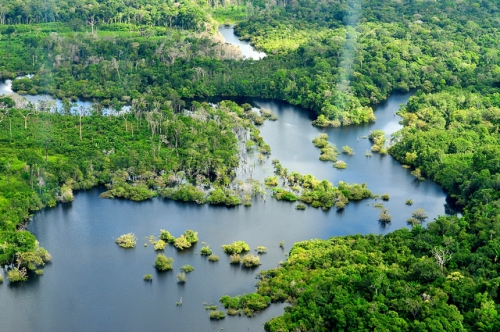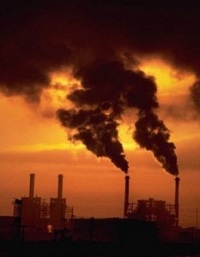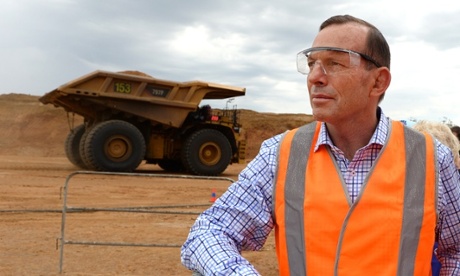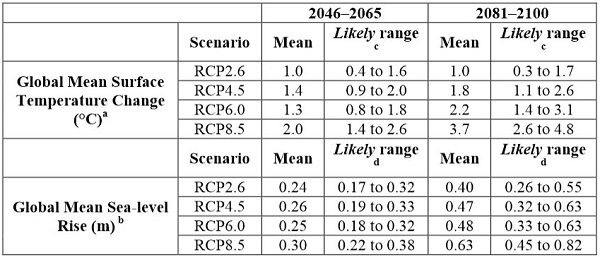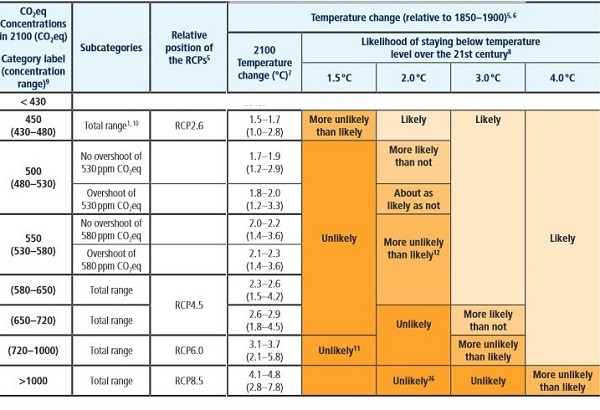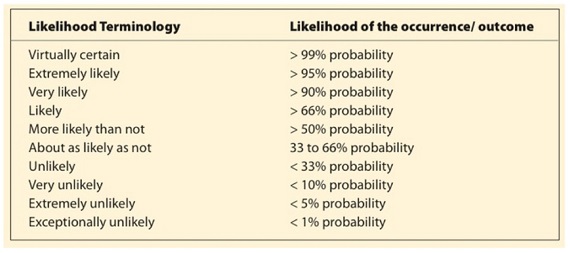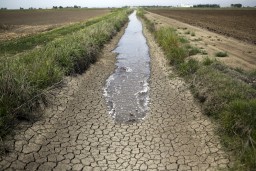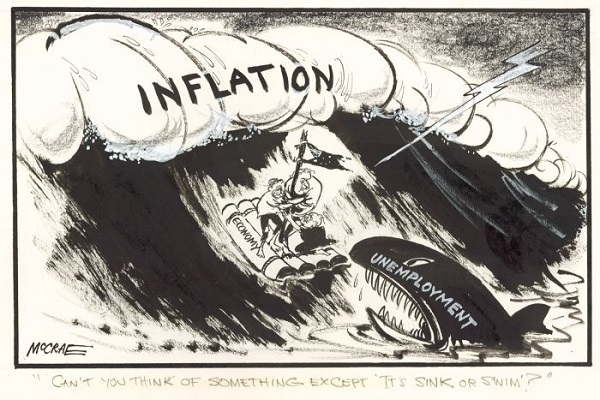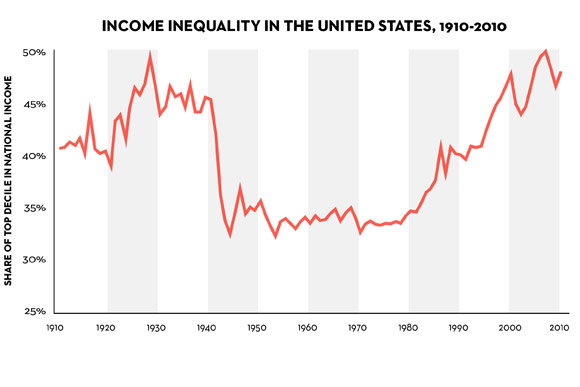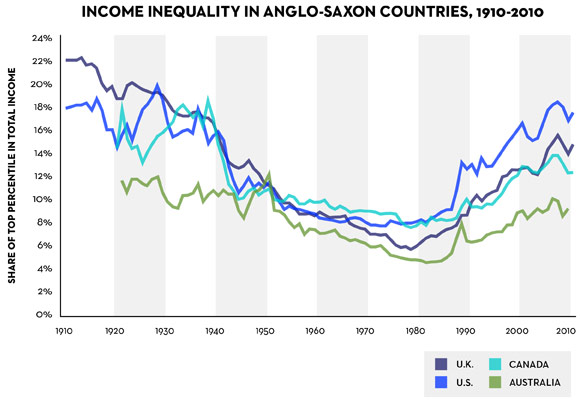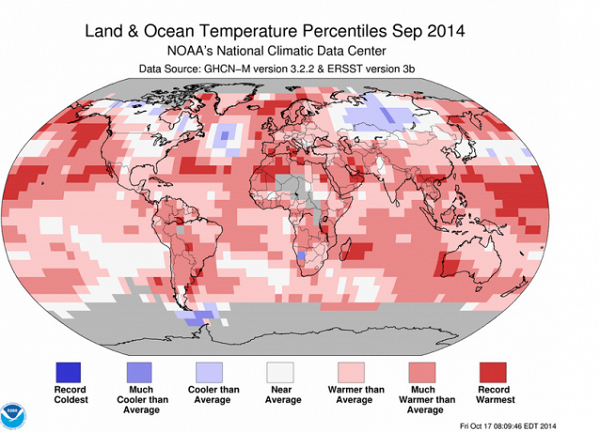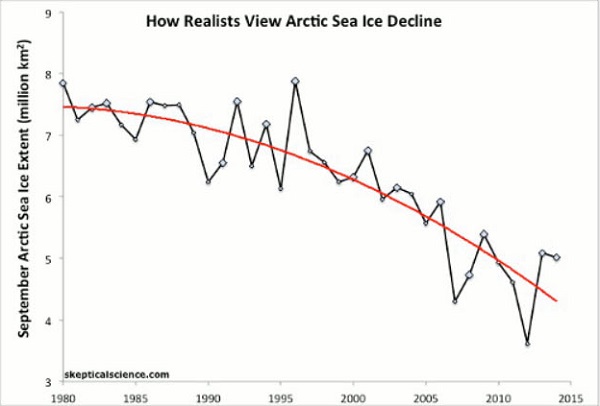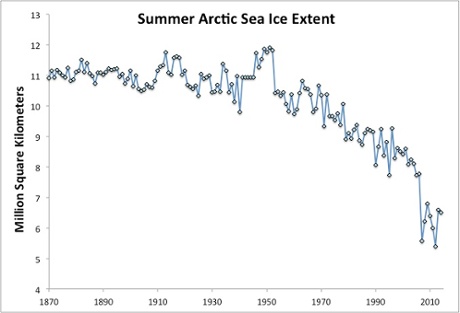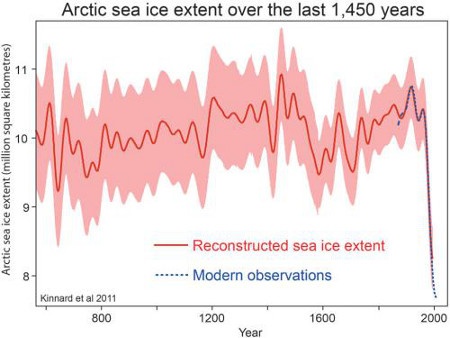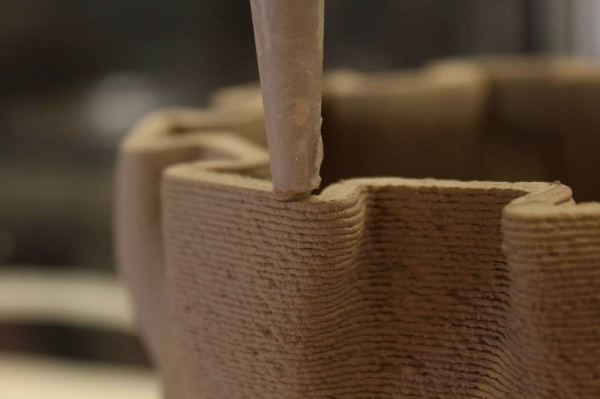I’ve been cracking my brain over one of Getup’s latest campaigns – keeping medical insurers out of the direct provision of primary health care.
The issue has come to a head with the federal government’s review of the $1.8 billion Medicare Local scheme. In brief, the 61 existing Medicare Locals are to be consolidated into 30 Primary Health Networks (PHNs), with geographic boundaries aligned with the existing Local Hospital Networks. The Government is about to call tenders for the provision of PHN services, with private medical insurance companies able to tender.
The Government does appear to have crossed a line, which is a concern, but my question is what does it mean to me, my relationship with my GP, and will it constrain her in pathways to care and access to specialist services? Getup’s concerns:
This means insurance companies, and not your GP, could end up making critical decisions about who gets treatment and how we’re treated, with health groups already raising the alarm. It’s the very system that’s crippled American healthcare, driving up costs and leading to less care for fewer people.
Profit-driven healthcare threatens the very foundation of our universal Medicare system, restricting access and quality of care, especially in areas where insurers don’t stand to make money.
Frankly, I can’t see that Medicare Local meant anything to my healthcare and I doubt that anything will change with the introduction of PHNs in July next year.
I’m struggling to understand what a Medicare Local does. This is from Professor John Horvath’s review (p. 8):
As part of the Council of Australian Governments’ (COAG) National Health Reform Agreement (2011), the Commonwealth Government agreed to fund Medicare Locals to improve coordination and integration of primary health care in local communities, address service gaps, and make it easier for patients to navigate their local health care system. Medicare Locals are expected to fully engage with the primary health care sector, communities, the Aboriginal Community Controlled Health Service (ACCHS) sector, and Local Hospital Networks (LHNs). Their establishment was built on the foundations of Divisions of General Practice (DGPs).
According to Horvath Medicare Locals also struggled to know what their role was. A critical phrase is “address service gaps”. Horvath says Medicare Locals were never intended to offer services in competition with existing services, but in fact that is what many did.
Medicare Locals were established in three tranches from 2011 as not-for-profit companies. Horvath says the PHNs should be contestable, transparent and accountable. He says that they should be be companies incorporated under the Corporations Act 2001, have skills based boards and should “establish a Clinical Council and a Community Advisory Committee in each LHNs (or clusters of LHNs) with which they are aligned as ‘operational units’” (p.17 of his Review). I suspect the involvement of for-profit health insurance companies would surprise him.
In Horvath’s “vision and design principles” statement (p.16) the closest PHNs would come to the direct provision of services is this:
Not all regions across Australia are equally serviced. The role of the PHO is to work with the GPs, Commonwealth and state health authorities, LHNs, and communities to identify gaps in health services and work in partnership with these organisations to source the appropriate services.
Yet in this article it is clear that Medicare Locals are providing services in remote areas that otherwise would be unserviced. And then this:
The Federal Assistant Minister for Health, Fiona Nash, said Primary Health Networks will not be providers of services, as some Medicare Locals have been.
The Young based Senator said a problem with Medicare Locals was a lack of direction but PHNs will have a clear set of guidelines.
“They’re going to be regional purchasers of health services and providers only in the exceptional circumstances,” Senator Nash said.
I remain confused.
It seems to me that Horvath saw PHNs as supportive rather than supervisory. Yet purchasing services does put them in the authority line in the provision of services. If so, there is a conflict of interest problem with the involvement of for-profit medical insurance companies.
Contra Getup, I don’t have an objection to for-profit companies providing health care. We have shares in a company called Ramsay Health Care which owns and runs hospitals. The provision of quality service seems to be their niche. As it happens I’ve had operations in two Ramsay hospitals as well as one owned by a bunch of specialist doctors, plus The Wesley, which is Uniting Church. Only in the one owned by doctors did I have concerns about the service, and then not all that serious.
Nevertheless we need to be alert and perhaps alarmed about situations where bean counters have undue influence on the provision of medical services. That can happen in the public sphere as well as the private.
Certainly in this case alarm is not confined to Getup. Nurses are also concerned.
Elsewhere Croakey consults the experts.



